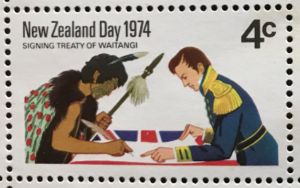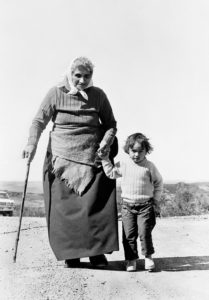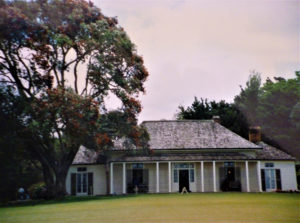To know something about how New Zealand celebrates Waitangi Day, one needs to look back in history to learn how the Treaty has come to significance.

The Treaty of Waitangi [1] first signed on 6 February 1840 is an agreement between Maori, the first people of Aotearoa New Zealand and the British Crown. The Treaty was later taken to different parts of the country to be signed by leaders of Iwi (tribes) who were not at the original signing. At the time of the signing Maori vastly outnumbered Pakeha, forty to one.
The Treaty was written in both Te Reo (the Maori Language) and in English. The two versions were not exactly the same. In cases like this, the United Nations authorities would point out that the treaty of the indigenous peoples would be the correct version to follow. In the Te Reo version, Maori did not give up sovereignty (or their authority) over their lands, forests and fisheries.
Maori were very upset with the amount of land that had been taken from their ownership. Strategies of war and the law dispossessed Maori of much of their land. If Maori chose not to sell their land to the Crown they were called ‘rebellious natives’ and there would be a war declared and the land seized. The British understood land ownership as individual ownership or title. Maori used tribal ownership (many owners). Maori were required to register their lands with the Land Courts which was a long and expensive process.

The Labour Prime Minister Norm Kirk changed the name Waitangi Day to New Zealand Day in 1974, the name was changed back to Waitangi Day by the following National Government to emphasize the importance of the Treaty between Maori and the Crown. Although there are still settlements to be made, Maori and Pakeha are working through current issues to find just and lasting solutions.

Waitangi Day is a reminder to New Zealanders both Maori and non-Maori, that although we are on the way, there is still much to be done towards honouring the Treaty of Waitangi. The intent of the Treaty lives on.
Liz Hickey rsj
Footnotes:
[1] For more information on the Treaty of Waitangi, visit www.nzhistory.govt.nz/politics/treaty/the-treaty-in-brief
[2] Historic: Maori Land March. Dame Whina Cooper and her granddaughter Irenee Cooper, 3, setting off on a dusty far North road, at the start of the historic land march, 14 September 1975. The march swelled to 5000 people and covered more than 1100kms. New Zealand Herald. Photograph by Michael Tubberty. Used with permission.
[3] Photo of Busby’s House at Waitangi, New Zealand by E C Hickey. Used with permission.
